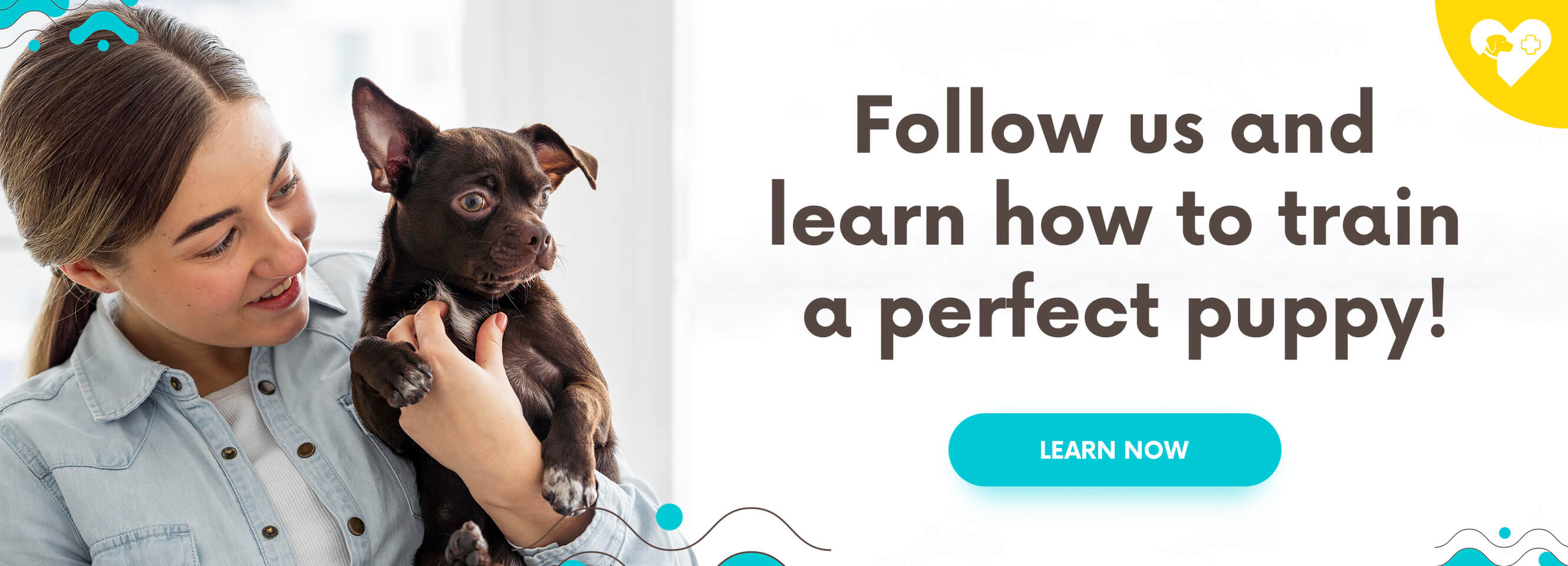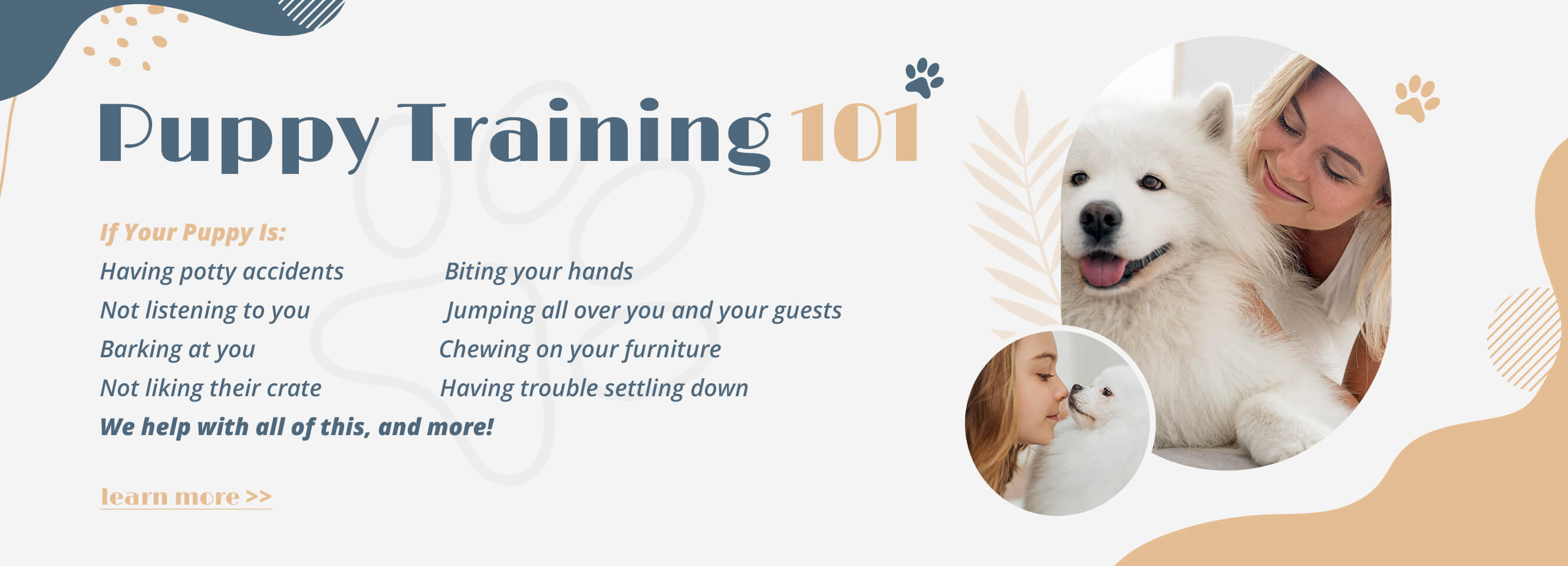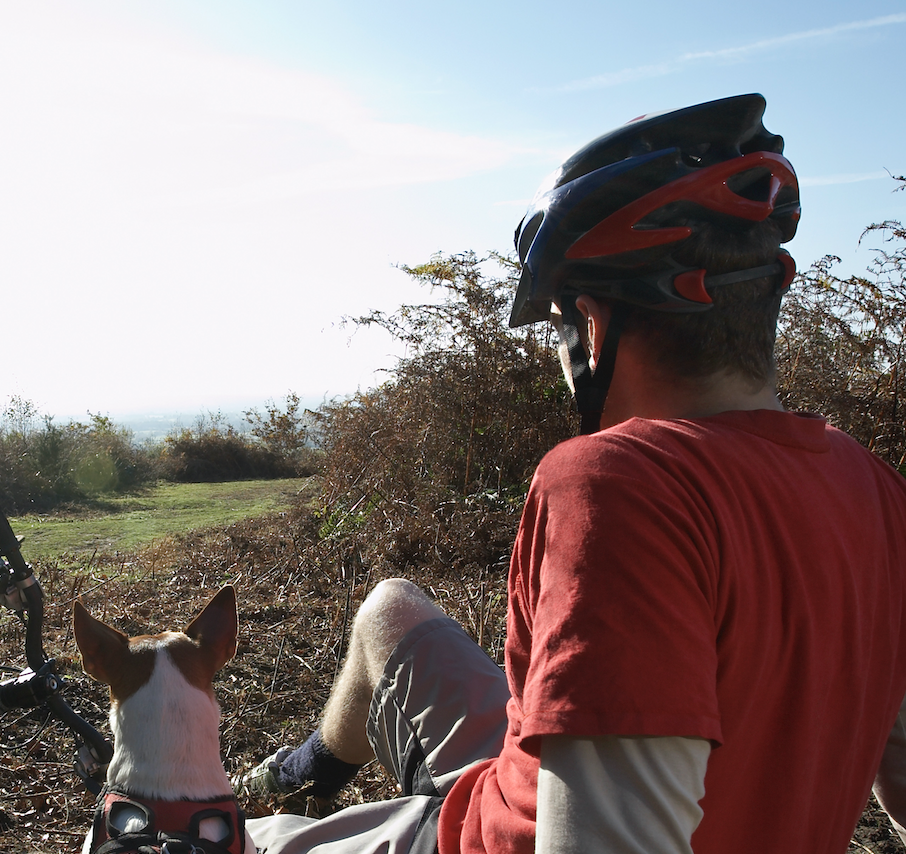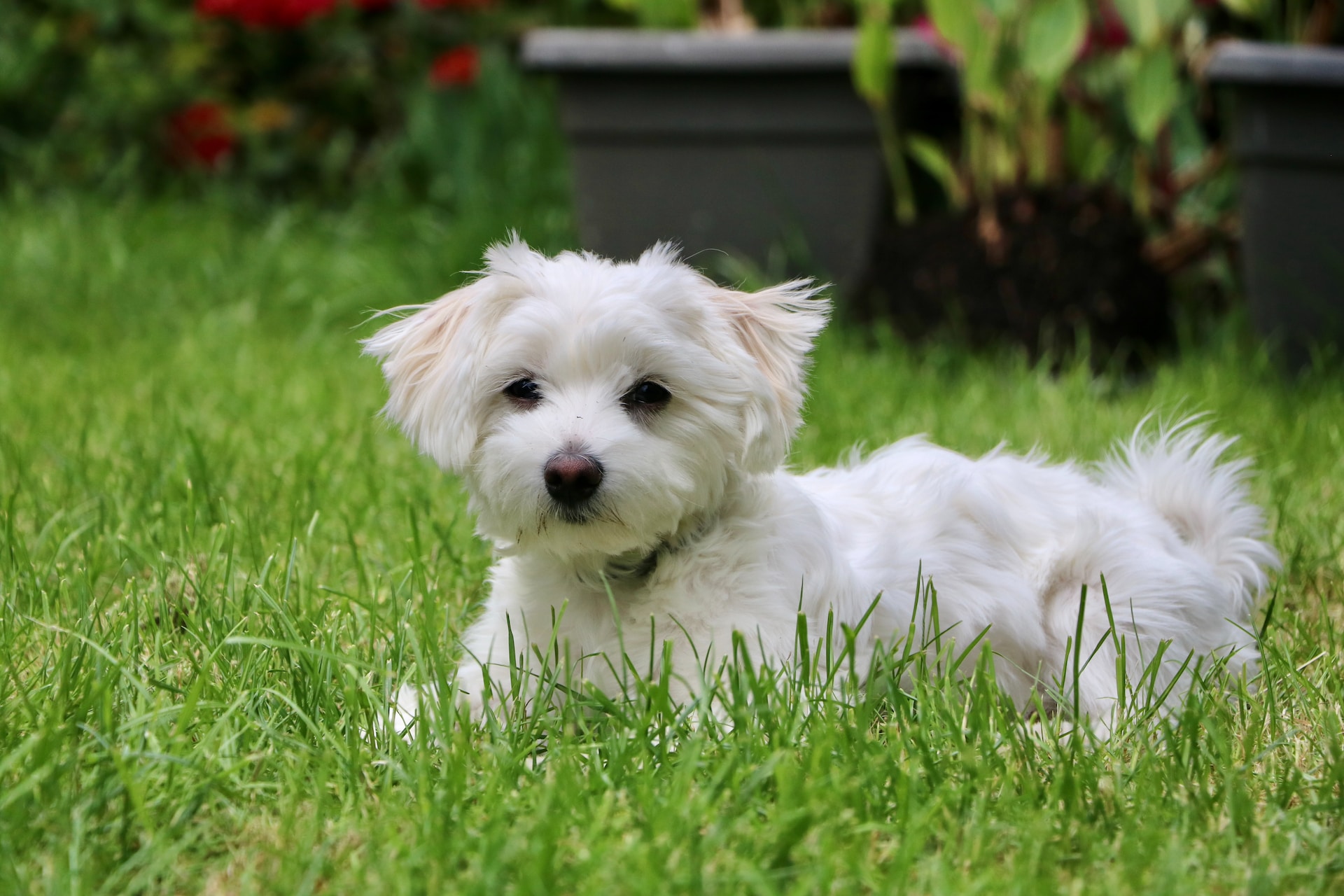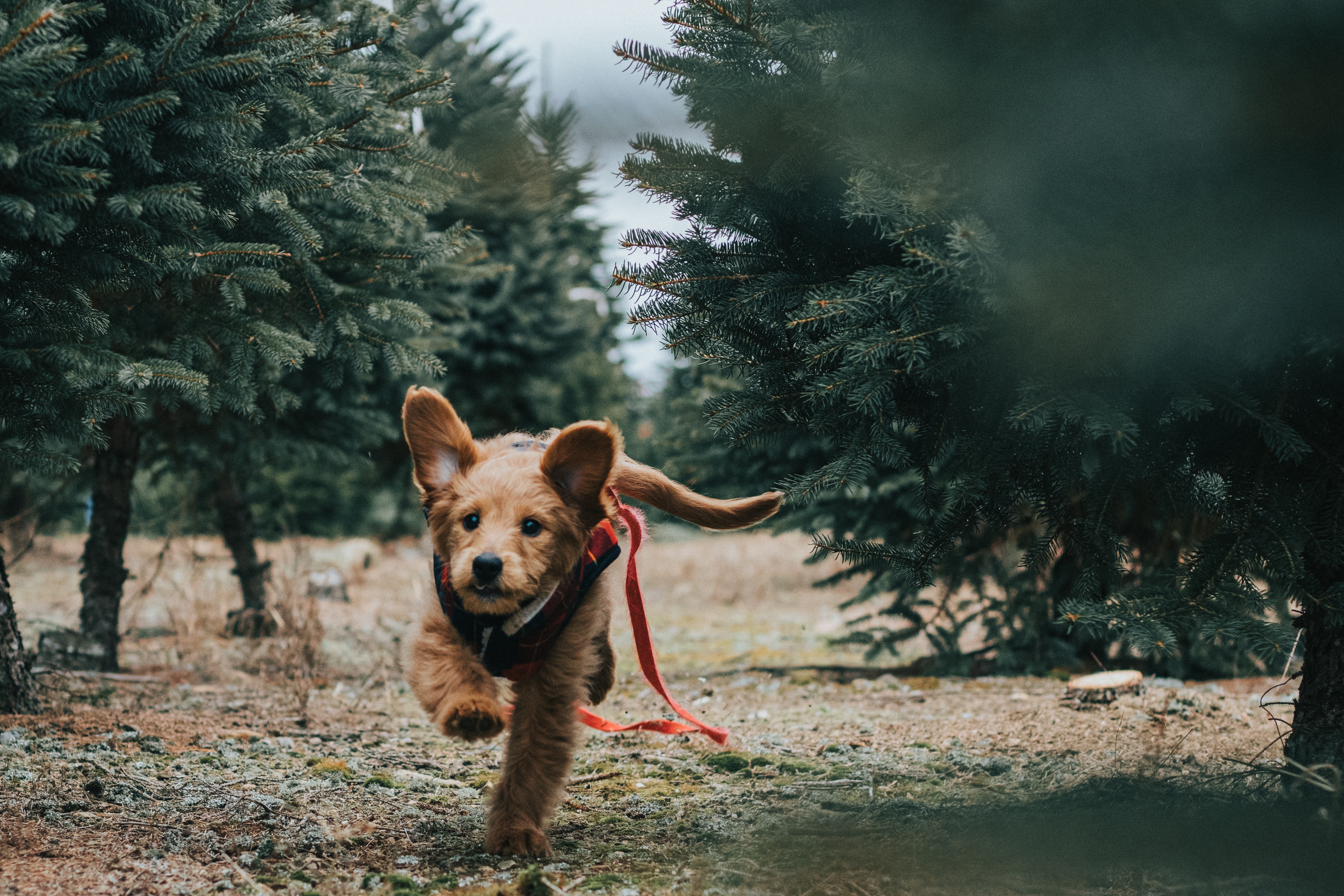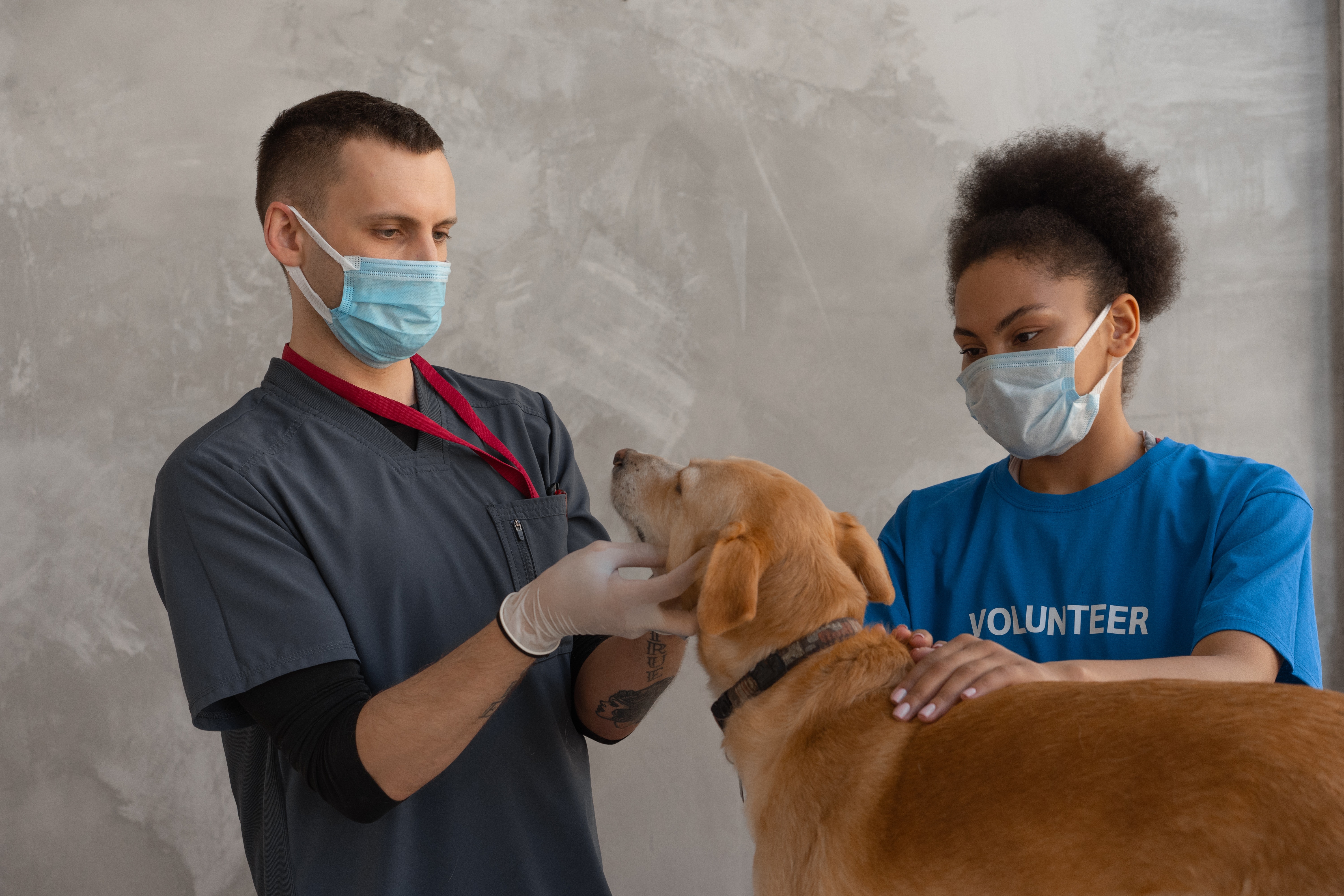- Common Mistakes During Puppy Training
- How to Avoid Bad Puppy Training
- Mouthing and Biting – How Do You Stop That?
- Choosing the Right Collar and Introducing More Commands
- How Much Exercise Does Your Puppy Need?
- How to Address Overly Excited Puppies
- How to Socialize Your Puppy
- Crate Training and Spending Time Alone
- Be Consistent, Be Patient, Be Positive and All Should Be Good
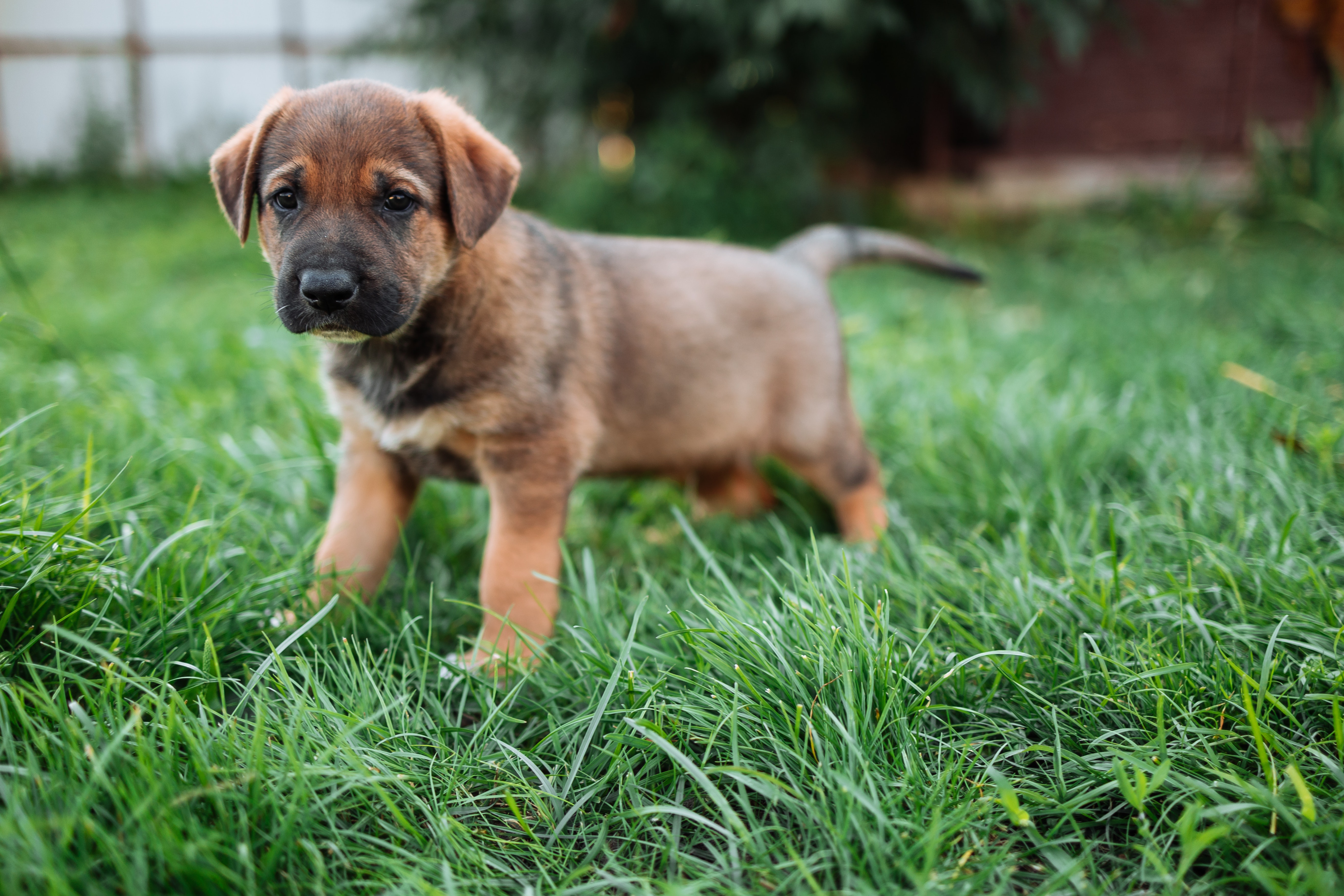
Dogs are creatures of habit and discipline and you can take advantage of that as long as you invest work, time and remain consistent. Puppies develop quickly and most small and medium-sized dogs develop fully within about 6 months. The large dog breeds mature within about a year.
Many professional trainers recommend introducing the puppies to their environment and letting them explore freely within their first 8-16 weeks. The purpose of this is to make the puppy comfortable with traffic noises, other animals, car rides, and different smells. Let's go through the basics first – your puppy’s natural needs and common problems.
If you have ever cared for a puppy you would know that puppies need to urinate immediately after waking up. A quick breakfast later and your puppy will need to go number 1 and number 2 within 15-30 minutes after eating. Puppies have very poor bladder control, and you are likely to be forced to go out with the puppy for potty time every 1-2 hours. Remember that puppies may urinate if they are excited and when they explore so try not to overexcite your dog with games. It is essential that you associate the time outside with potty time for your puppy. That way you can teach the puppy the difference between indoor manners and outdoor activity. Puppies quickly pick up on voice cues and you should try to use words like “Go Potty” in an excited and positive manner when the puppy is doing its business. This way the puppy will gradually understand what that means and feel comfortable urinating and defeating outside.
Common Mistakes During Puppy Training
-
Over-feeding.
-
Bad feeding schedule.
-
Punishing the puppy for its indoor accidents (which can make it scared of toileting in front of you — even outside).
-
Expecting the puppy to tell you when it's time to go potty.
-
Being lazy and not following a schedule during the early development of your puppy.
-
Poor discipline and emotional self-control.
How to Avoid Bad Puppy Training
-
Feed the puppy medium-sized portions and consult with your veterinarian about this.
-
Maintain a strict feeding schedule so you can improve the dog’s bladder control and gradually increase the time between potty episodes.
-
Remain positive even when the dog urinates/defecates indoors because the puppies are very emotionally driven and may develop insecurities.
-
The puppy will develop self-control over time and it will signal you by whining or barking or scratching at the door that it is time to go out and that can happen only if you are committed to a schedule.
-
You need to establish a habit for your dog and that takes commitment and work.
Mouthing and Biting – How Do You Stop That?
Dogs explore the world through touch and sniff most of the time. Mouthing and biting is their way of learning about their environment so you should accept that and learn how to divert the dog’s attention. When your dog tries to bite create a distance and use a stern voice to say “Stop” or “No biting”. Wait for the dog to stop and reward with a treat and use your “happy” voice. Dogs are emotional beings and they often repeat activities that lead to rewards. Teach your puppy to obey and get a reward early on. You can remove the treats later and instead give a pat on the head, a rub behind the ears, and an excited “Good boy” or a “Good girl”. If your dog is biting furniture or tries to pull your sheets in an attempt to play try to give him a toy instead. Make sure to change the toys regularly and that they are safe to chew.
Choosing the Right Collar and Introducing More Commands
A good collar for your puppy should be lightweight, easy to adjust, and have room for the puppy to grow. The collar should help you to teach the puppy to “Stay” and “Calm down”. The last command should be taught if the dog gets easily excited. Dogs generally understand three types of voice:
-
A firm and low voice is used for commands;
-
An excited voice is used for playtime and it is associated with rewards;
-
A normal tone is usually not something the dog will respond to very well and most often they will look at you and tilt their head trying to discern if you expect them to do something.
You should be mindful of your posture and facial expressions as well, dogs keenly respond to posture and gestures, but not so much to facial expressions. You will need to teach the puppy commands like “Stay”, “No biting”, “Come”, “Drop it”, “No barking” for good control.
A good way to familiarize the dog with the collar is to put it on right before playtime. Initially keep the collar for 10-15 minutes and gradually increase the length of time. Once your puppy is used to wearing the collar, you can introduce the lead. It is a good idea to lead the dog while in the house so the puppy feels comfortable. The lead is your way of securing the dog next to you so it does not wander off and you can guide it. Do not pull the lead and force the dog to go in a certain direction. Reward the puppy with treats as it walks with you calmly and say “God boy/girl” in an excited manner.
How Much Exercise Does Your Puppy Need?
You should consult your veterinarian as there are many breeds that develop very differently. A good rule of thumb is a ratio of five minutes of exercise per month of age (up to twice a day) until the puppy is fully matured. For example, if your puppy is 3 months old it should have 15 minutes of good exercise (5 min per month). Generally, big breeds may need about 1-2 hours while smaller breeds may be fine with one hour outside when fully grown. Make sure to use an extending lead early and teach your puppy to come back to you when you call its name. Always bring poo bags with you so you can clean after your dog and dispose of its excrement properly. I would advise that you check the local laws in regards to dog walking outside so you don’t attract unnecessary attention from the local law enforcement.
How to Address Overly Excited Puppies
Stay calm, no eye contact with the puppy, ignore the jumping around, and just wait for the puppy to calm down. Use this tactic if the dog is fond of jumping on you, barking a lot, or tries to take food from you. Do this until your dog understand that overexciting will not lead to anything good. You might need to delay meal times if your dog becomes overly excited and tries to push you or pull a pouch with food from you.
It is important that your family members/flatmates do not reward the dog for unwanted behavior. Make sure that the dog does not receive praise and treats for ignoring commands and becoming increasingly uncooperative. It is best to prevent people outside of your family from giving treats to your puppy and playing with the puppy entirely.
How to Socialize Your Puppy
Perhaps the easiest way is to allow the puppy to approach other dogs from a distance and maintain that distance until the puppy is comfortable and expresses interest in the other animals. You can take the puppy for a walk next to a dog park and just sit down on a bench near the park so the puppy gets used to being near other dogs. You can start meeting your puppy with other dogs through family and friend visits as well. Remember to keep a close eye on your dog and monitor its posture, tail and see if it feels stressed. If the puppy is not feeling particularly enthused about meeting other dogs yet, try and create a distance and wait for the puppy to grow some confidence.
Crate Training and Spending Time Alone
Crate training is important so that the puppy has a safe and comfy place to rest as well as to make it easier for the puppy to travel in a kennel if the need arises. You should try putting your puppy’s favorite food and some water in a properly spacious crate and then closing it for 5-10 minutes when the puppy is inside. Make sure the crate has enough space for the puppy to turn around, lie down and stand up. Leave treats inside and try to increase the length of time your puppy stays closed in the crate gradually. This may take you about a month before the dog feels comfortable in the crate. A good strategy is to leave its favorite food inside the crate after a good long walk or an intensive playtime. The dog should get used to resting in the crate. The added bonus is that you can use this training to introduce some “alone time” and make sure the puppy can stay by itself without barking and whining all the time. You should choose a quiet corner of your house for the crate so that your puppy is not disturbed. The crate can be made of plastic or wires, but make sure it is not closed off and has viewing holes/ports on all sides. It is advised to have a comfortable blanket inside the crate when you do the crate training and you may want to leave a radio or the TV on so the puppy does not feel isolated from the family.
Be Consistent, Be Patient, Be Positive and All Should Be Good
It is very important for puppy owners to stick to a schedule in the early development of their furry companion. Be positive, praise your dog, give lots of treats, but don’t forget to adjust its meals accordingly. Be patient with your puppy, enjoy the playtime and use your voice to communicate with your puppy – it will learn and respond to you accordingly.



